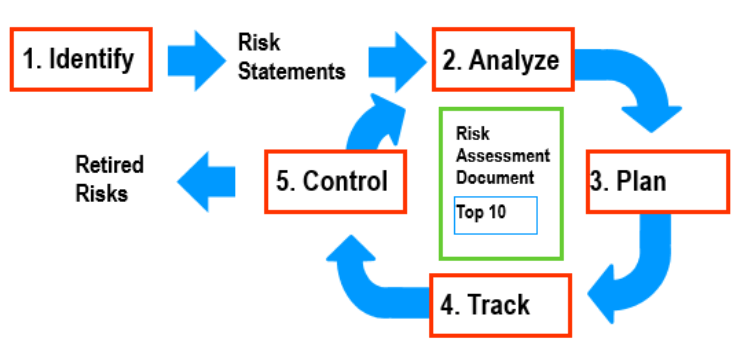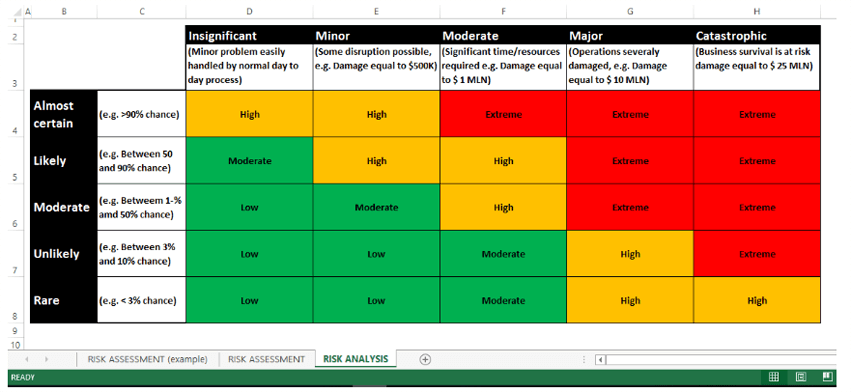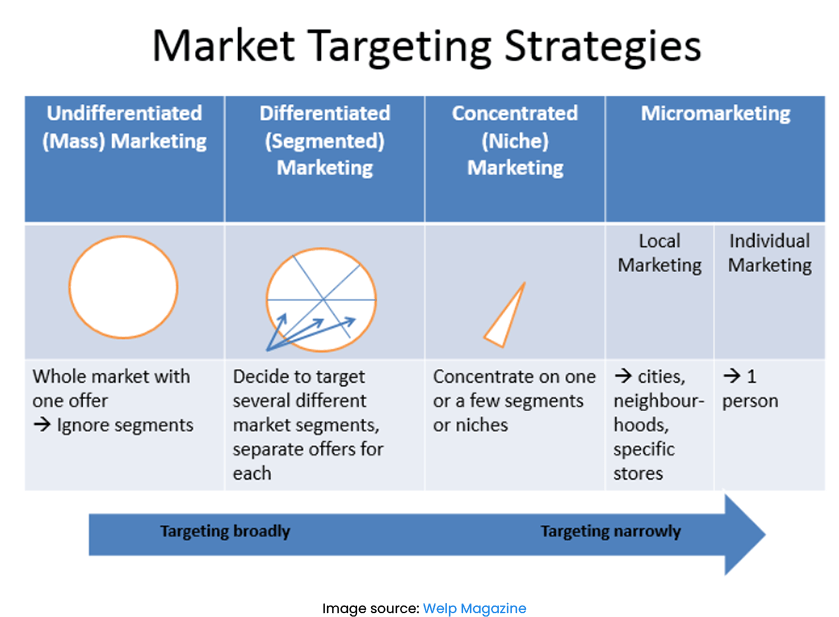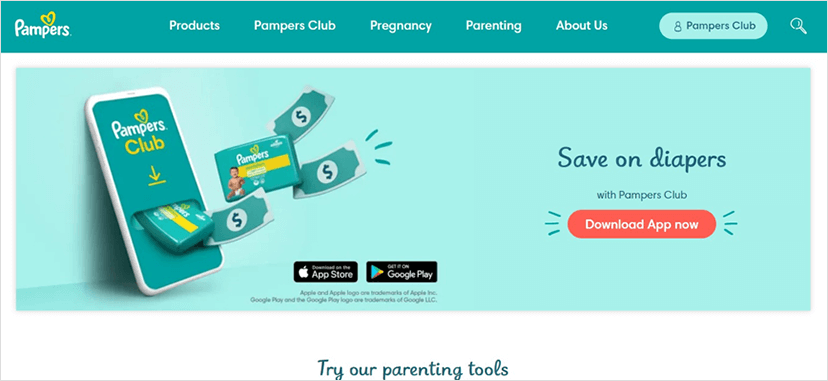The secret to a high-performing and cohesive team often lies in the clarity of purpose, well-defined roles, and strong communication.
Team charters provide this foundation, creating a shared understanding of the team’s objectives, expectations, and processes.
A team charter serves as a roadmap for your team’s journey, outlining each member’s purpose, goals, roles, and responsibilities. It establishes clear expectations, encourages open communication, and provides a framework for decision-making and problem-solving.
In this article, we will explore the world of team charters, exploring their benefits and providing a step-by-step guide to creating one for your team.

What is a Team Charter?
A team charter is a formal, written document that outlines a team’s purpose, objectives, and expectations, along with the roles, responsibilities, and processes that will guide its members toward achieving their goals.
The main purpose of a team charter is to establish a common understanding among team members and stakeholders, fostering a sense of unity, commitment, and accountability. By clarifying the team’s direction and expectations, a team charter helps minimize confusion, streamline communication, and prevent misunderstandings that can hinder progress.
While the specific contents of a team charter may vary depending on the organization and the nature of the project, some key components are essential to making it effective.
These include:
- Team purpose and objectives: A clear statement of the team’s mission, along with specific, measurable, and time-bound goals that support the larger organizational objectives.
- Roles and responsibilities: A description of each team member’s role, individual responsibilities, and areas of expertise.
- Communication protocols: Guidelines for how the team will communicate, including preferred channels, frequency of meetings, and expectations for responsiveness.
- Decision-making and problem-solving processes: An outline of how decisions will be made and the methods the team will use to address and resolve conflicts or challenges.
- Resources and support: A list of resources, tools, and support needed for the team to accomplish its objectives, along with any potential constraints or limitations.
- Performance metrics and review processes: A set of key performance indicators (KPIs) to measure the team’s progress and effectiveness, along with a plan for regular reviews and updates to the charter as needed.
Incorporating these key components into your team charter can create a strong foundation for successful teamwork and enhance your team’s overall performance.

How To Create a Team Charter
Developing an effective team charter may seem challenging at first, but by following a structured approach, you can create a powerful document that strengthens your team’s foundation and paves the way for success.
Assemble your team and gather input
Start by bringing your team together and involving them in the charter creation process.
Encourage open discussion, allowing members to share their thoughts, ideas, and concerns.
Gathering input from everyone ensures buy-in, fosters a sense of ownership, and promotes commitment to the charter’s principles. This collaborative approach also helps to identify potential blind spots and makes the charter more robust and effective.
Creating an environment where every voice is heard lays the groundwork for a strong team dynamic that values each individual’s contribution.
Define the team’s purpose, objectives, and goals
Articulate the team’s overarching purpose and specific, measurable, achievable, relevant, and time-bound (SMART) objectives and goals. By aligning these with the organization’s overall mission and vision, you provide a clear roadmap for the team’s activities.
Ensure that the objectives are challenging yet attainable, motivating the team to push their boundaries while still setting them up for success. Additionally, involve the team in refining these goals and objectives, as this helps to create a shared understanding of what is expected and fosters a sense of collective responsibility for achieving the desired outcomes.
Establish team roles and responsibilities
Define each team member’s roles and responsibilities, considering their skills, expertise, and areas of interest. This clarity prevents overlaps or gaps in responsibility, fosters accountability, and enables team members to focus on their designated tasks.
Additionally, it helps identify potential collaboration and synergy areas, enabling the team to work more cohesively and effectively. To ensure that roles and responsibilities remain relevant and aligned with the team’s evolving needs, establish a process for reviewing and updating them periodically, fostering ongoing dialogue and collaboration among team members.
Determine communication protocols and meeting schedules
Establish guidelines for how the team will communicate, including the preferred channels (e.g., email, chat, video calls), frequency of meetings, and expectations for responsiveness.
A well-defined communication plan minimizes confusion and ensures that information flows smoothly among team members, enabling them to stay informed, engaged, and aligned with the team’s goals. It also helps to build trust and foster a culture of openness and collaboration within the team.
Encourage team members to provide feedback on communication effectiveness and adapt the plan to address any challenges or barriers to effective communication.
Set decision-making and problem-solving processes
Outline the processes for decision-making and problem-solving within the team. Specify how decisions will be made (e.g., by consensus, majority vote, or designated authority) and the methods the team will use to address conflicts or challenges that arise.
Establishing clear processes helps ensure that disagreements are resolved constructively, and decisions are made effectively, empowering the team to navigate challenges and maintain momentum.
Ask team members to share their perspectives on decision-making and problem-solving processes and to contribute ideas for improvement, fostering an environment where everyone feels heard and valued.
Identify resources and support needed
List the resources, tools, and support required for the team to accomplish its objectives. Be realistic about potential constraints or limitations, and develop contingency plans to address these issues, if necessary.
Identifying the necessary resources upfront enables the team to operate more efficiently and effectively, while contingency planning prepares the team to adapt and respond to unforeseen challenges or changes in circumstances.
Establish performance metrics and review processes
Identify key performance indicators (KPIs) that will be used to measure the team’s progress and effectiveness.
Establish a schedule for regular reviews of the charter and the team’s performance, making adjustments to ensure that the charter remains relevant and aligned with the team’s evolving needs. This ongoing review process enables the team to learn from its experiences, continually improve its performance, and adapt to changing circumstances.
Get the people in your team to actively participate in these reviews, providing feedback and suggestions for improvement.
A team charter is a living document that should be regularly updated and refined to reflect the team’s growth and changing needs.
By investing time and effort in creating a robust team charter, you set the stage for a high-performing team that is well-equipped to achieve its objectives and contribute meaningfully to the organization’s success.

Examples of Team Charter Use in Action
To help you better understand how a team charter can be effectively implemented, let’s explore some hypothetical examples of team charter use in various business settings.
Example 1: FreshBite, an Organic Food Delivery Service
FreshBite is a startup that offers organic food delivery services to health-conscious consumers. The company has assembled a team to design and launch a new mobile app that will streamline the ordering process for customers.
The team charter includes the following components:
- Purpose: To design and launch a user-friendly mobile app that simplifies the ordering process and increases customer satisfaction.
- Objectives and Goals: Achieve a 4.5-star rating on app stores within three months of the launch and increase monthly app downloads by 20% within six months.
- Roles and Responsibilities: UX/UI designer, mobile app developer, project manager, marketing coordinator, and customer service representative.
- Communication Protocols: Weekly team meetings on Zoom, daily updates on Slack, and a shared project management tool for task tracking and collaboration.
- Decision-making Process: Consensus-based approach for most decisions, with final approval from the project manager.
- Resources and Support: Budget for app development tools and resources, access to customer feedback and insights, and dedicated time for team members to work on the project.
- Performance Metrics: App store ratings, number of downloads, customer satisfaction scores, and user engagement metrics.
Example 2: GreenEarth Landscaping, a Sustainable Landscaping Company
GreenEarth Landscaping is a company that specializes in sustainable landscaping solutions. They’ve created a team to research and develop new eco-friendly landscaping techniques and materials.
The team charter consists of the following:
- Purpose: To research and develop innovative, sustainable landscaping solutions that reduce the environmental impact of GreenEarth’s projects.
- Objectives and Goals: Identify three new eco-friendly materials and techniques within six months and implement them in at least 50% of GreenEarth’s projects within one year.
- Roles and Responsibilities: Research lead, landscape architect, materials specialist, and horticulturist.
- Communication Protocols: Bi-weekly progress meetings, regular email updates, and a shared cloud storage system for research materials and documents.
- Decision-making Process: The majority vote for most decisions, with final approval from the research lead.
- Resources and Support: Access to industry publications, conferences, and experts, as well as a dedicated research budget.
- Performance Metrics: Number of new techniques and materials identified, reduction in environmental impact, and client satisfaction with eco-friendly solutions.
Example 3: TechHelp, a Technical Support Company
TechHelp is a technical support company that provides remote assistance to small businesses. The company has formed a team to improve the efficiency and effectiveness of its support services.
The team charter outlines:
- Purpose: To enhance the quality and efficiency of TechHelp’s support services, leading to increased customer satisfaction and reduced resolution times.
- Objectives and Goals: Decrease average resolution time by 25% within six months and increase customer satisfaction scores by 15% within one year.
- Roles and Responsibilities: Support team lead, customer service representative, technical specialist, and data analyst.
- Communication Protocols: Weekly team meetings, daily ticket updates, and a shared ticketing system for tracking and managing support requests.
- Decision-making Process: Consensus-based approach for most decisions, with final approval from the support team lead.
- Resources and Support: Access to internal data and analytics, technical resources, and ongoing training opportunities.
- Performance Metrics: Resolution time, customer satisfaction scores, first-call resolution rates, and ticket backlog.
These hypothetical examples illustrate how a well-crafted team charter can be applied across various industries and team structures, providing a clear framework for collaboration and communication, driving success, and fostering a strong team dynamic.
Conclusion
Investing time and effort in creating and maintaining an effective team charter sets the stage for a high-performing team that is well-equipped to achieve its objectives and contribute meaningfully to your organization’s success.
Keep in mind that a team charter is a living document that should be reviewed and refined as needed to ensure it remains relevant to your team’s evolving needs.
























































